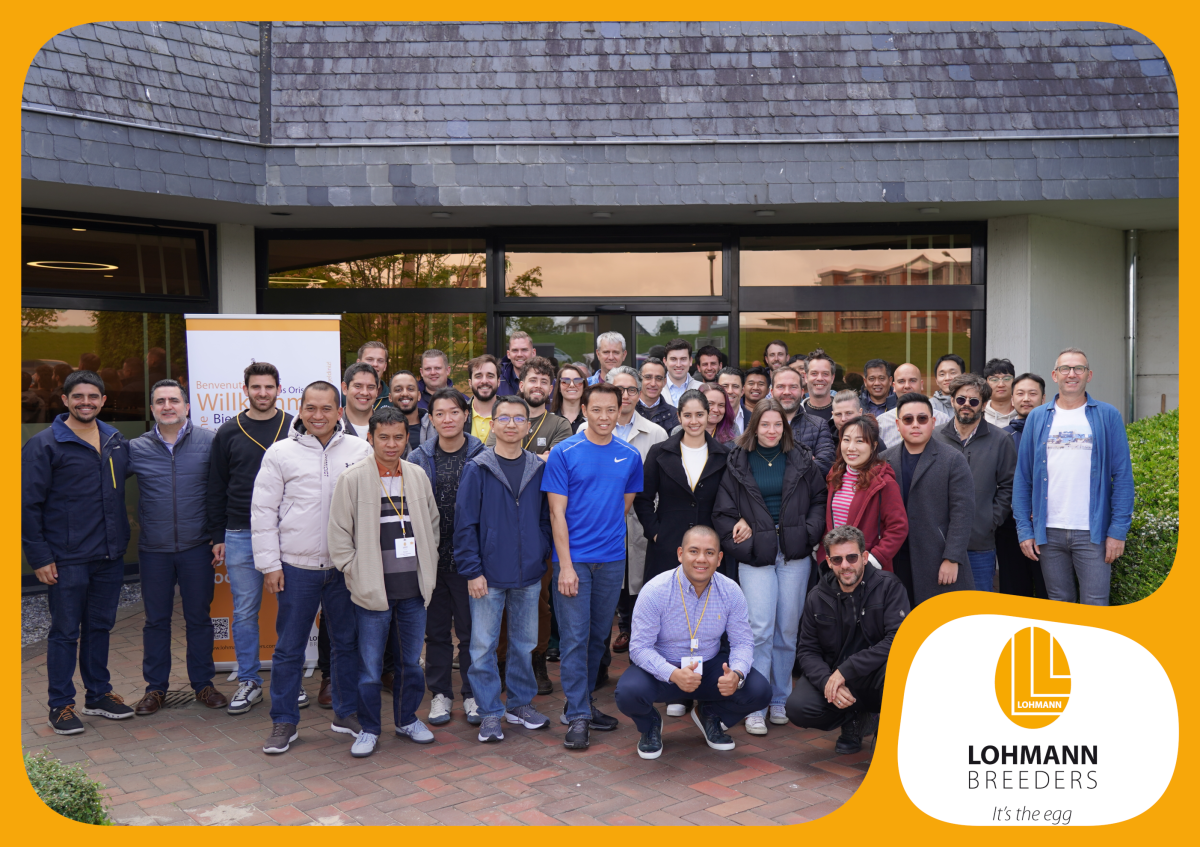Abstract
Within five years after banning conventional cages for laying hens in the EU, the situation has stabilized and egg production exceeds the demand. This report shows the current egg production in the 28 countries, based on recent reports of the Committee for the Common Organisation of the Agricultural Market for Eggs.
Keywords
EU, egg production, housing systems
Housing systems in EU laying hen husbandry
In 2016, 384 Mio laying hens were kept in EU member countries. Table 1 and figure 1 document the share of the four housing systems which are used presently. Enriched cages are the dominating housing system with a share of 55.6% followed by barn and free range systems The share of organic egg production is still very low with a share of only 4.6 %.
 The regional concentration of laying hen husbandry in the EU is quite high. The 10 member countries with the largest hen population shared 86.1 % of the total inventory (Table 2). Germany was in a leading position with 52.6 Mio hens, followed by France, Spain and Poland. These four countries contributed 48.8% to the EU laying hen population, the leading seven countries 70.9 %. The laying hen inventory reflects the number of inhabitant.
The regional concentration of laying hen husbandry in the EU is quite high. The 10 member countries with the largest hen population shared 86.1 % of the total inventory (Table 2). Germany was in a leading position with 52.6 Mio hens, followed by France, Spain and Poland. These four countries contributed 48.8% to the EU laying hen population, the leading seven countries 70.9 %. The laying hen inventory reflects the number of inhabitant.
 In table 3, the five member countries with the highest hen inventory in each housing system are documented. A comparison reveals significant differences between these countries. The number of laying hens in enriched cages was highest in Spain and Poland. Germany and the Netherlands were leading in barn systems, the United Kingdom and Germany in free range laying hen husbandry. The highest number of laying hens in organic husbandry is found in Germany and France.
The highest share of enriched cages is found in Lithuania (95.6%) and Spain (92.9%), whereas Sweden (65.9%) and Austria (65.5%) were top ranking for barn systems. The United Kingdom (52.8%) and Ireland (40.5%) had the highest share of their laying hens in free range systems. Organic laying hen husbandry reached the highest share in Denmark (28.6%) and Sweden (16.3%).
In table 3, the five member countries with the highest hen inventory in each housing system are documented. A comparison reveals significant differences between these countries. The number of laying hens in enriched cages was highest in Spain and Poland. Germany and the Netherlands were leading in barn systems, the United Kingdom and Germany in free range laying hen husbandry. The highest number of laying hens in organic husbandry is found in Germany and France.
The highest share of enriched cages is found in Lithuania (95.6%) and Spain (92.9%), whereas Sweden (65.9%) and Austria (65.5%) were top ranking for barn systems. The United Kingdom (52.8%) and Ireland (40.5%) had the highest share of their laying hens in free range systems. Organic laying hen husbandry reached the highest share in Denmark (28.6%) and Sweden (16.3%).

Patterns of egg production
Between 2012 and 2016, egg production in the EU increased by 6.1%, from 7.0 to 7.5 Mio t (Table 4). In response to the decision to phase out conventional cages in all EU member countries by 2012, investments in new facilities could not be realized in all countries in time. As a result, egg production initially dropped, then returned to and finally exceeded former production. Between 2012 and 2013, the production volume grew significantly by 3.6%; in the following years at a decreasing rate: 1.4% between 2013 and 2014, 1.0% between 2014 and 2015 and only 0.1% between 2015 and 2016. Table 5 shows the top ten EU countries in egg production in 2016. Changes in ranking compared to Table 2 are interpreted as the result of differences in the share of housing systems in the member countries. France ranks in an unchallenged first place, followed by Germany, Spain and Italy. The regional concentration in egg production is rather high. The top ten countries produce 84.4% of the total EU egg production. With the exception of the Netherlands, the ranking in egg production reflects the human population in each country.
Table 5 shows the top ten EU countries in egg production in 2016. Changes in ranking compared to Table 2 are interpreted as the result of differences in the share of housing systems in the member countries. France ranks in an unchallenged first place, followed by Germany, Spain and Italy. The regional concentration in egg production is rather high. The top ten countries produce 84.4% of the total EU egg production. With the exception of the Netherlands, the ranking in egg production reflects the human population in each country.

A projection of production and demand until 2025
In table 6, the development of production and demand is extrapolated from 2017 to to 2025. Egg production in the EU currently exceeds consumption by about 5.0%. Unless the excess production can be exported either as shell eggs or as egg products, a lasting period of relatively low egg prices is expected. As a way out of this dilemma, more emphasis on added value of eggs and egg products is recommended.

References and additional literature
Committee for the Common Organisation of the Agricultural Markets (Ed.): EU Market Situation for Eggs. Brussels, August 27th, 2017. https://circabc.europa.eu/sd/a/18f7766e-e9a9-46a4-bbec-94d4c181183f/23.03.2017_eggs_Europa.pdfMEG-Marktbilanz: Eier und Geflügel 2016. Verlag Eugen Ulmer, Stuttgart 2016
MEG-Marktbilanz: Eier und Geflügel 2017. Stuttgart 2017.
Windhorst, H.-W. (2016) Germany – remarkable recovery from the earlier banning of conventional cages. Zootecnica International 38 (3): 36-41.







